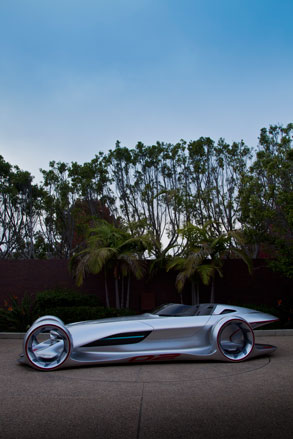
The classic 1930s and 1950s Silver Arrows from Mercedes count as some of the most beautiful racing cars ever designed. But what might a 21st Century version look like? 38-year old Korean-American Hubert Lee - the creative director of Mercedes' LA design operation - asked the same question and created a new Mercedes Silver Arrow for the 2011
LA auto show design competition, the LA Design Challenge.
Intended to push creative teams to the limits, with sci-fi scenarios and outrageous technologies, the Design Challenge is a snapshot of industry blue sky thinking. Wallpaper* caught up with Lee at his Carlsbad, California studio, to discuss his new concept, past design hits and inspirations.
What were your influences for this incredible-looking car?
Hubert Lee: The theme for the 2011 LA Design Challenge competition was a car for a futuristic Hollywood movie so we looked at many influences, but Syd Mead was definitely one. We started with a storyboard and made a comic book. That gave us our idea of what the car should be.
Can you explain how those great hub-less wheels would work?
Under the silver wheel shells are omni-directional diagonal rubber sections on a roller that allow steering in all directions. The technology already exists on some forklift trucks.
Receive our daily digest of inspiration, escapism and design stories from around the world direct to your inbox.
How would you get in and out of the vehicle?
The idea is that the whole dashboard, bonnet and front grille slides forward as one section into the scooped area between the front wheels to create the space for the doors to open up, scissor-style. This is just a concept made of fibre reinforced plastic (FRP) though. There's no real interior to access.
What's its purpose, beyond the competition?
After the success of our Biome concept for last year's LA Design Challenge we wanted to create more of an 'entertainment design' this year. It's not too serious and the project gives designers more freedom than usual. It's also a good way to show the world that Mercedes is not afraid to make a statement.
Beyond concepts, do any production cars bear your design stamp?
The current CLS is a recent one. From original sketch to the final model, I got to do everything. I was lucky, but I had a lot of help from [global head of Mercedes-Benz design] Gorden Wagener.
Does your California location help your work process?
The weather is key, when you walk out of the studio into bright sun you're just like 'wow'. It makes you happy and more positive, and that trickles down to your work. I don't want to knock Germany but if you walk out and everything's gloomy, foggy and grey, it's a drag. When you're happy, you get more inspiration. Also there's the diversity of LA. There's a big car culture here and as soon as you get on the freeway, you see every make of car and every type of people.
Do you think your Korean-American background has any bearing on how you design?
Yes, very much. I was born and raised in Glendale, California but lived in Seoul through high school. My parents moved back so I go there once a year. My perception of what a Mercedes should be comes very much from my time in Korea - silver, not trying too hard, stately, elegant.
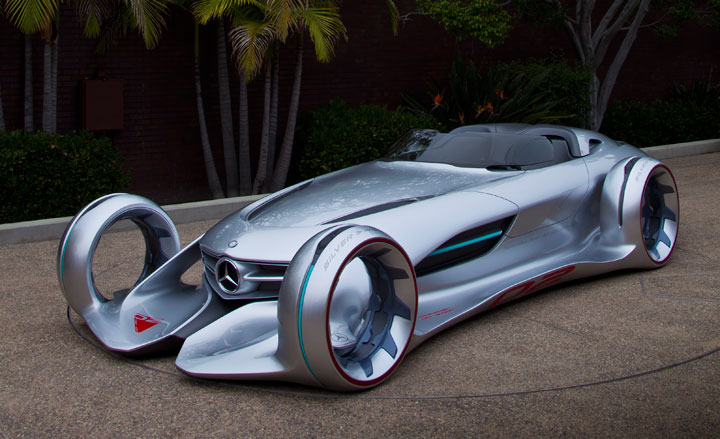
Mercedes Silver Arrow
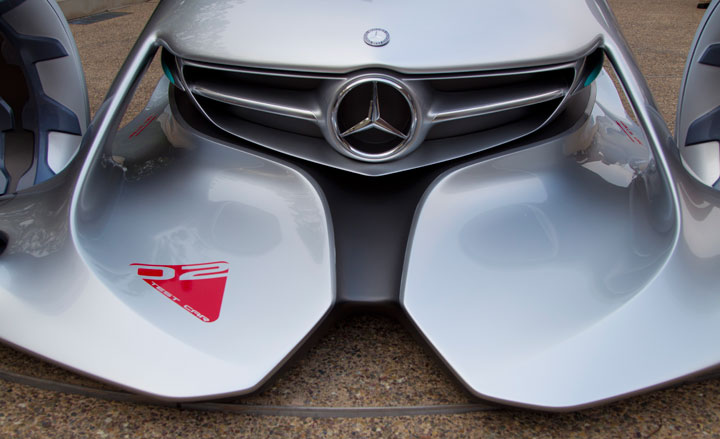
Mercedes Silver Arrow

Smart 341 Parkour
Like in 2010, Mercedes’ parent company Daimler entered the LA Design Challenge three times in 2011 with an entry from each of its brands Mercedes, Smart and Maybach and different studios. The Smart 341 Parkour from the advanced design studio in Germany won this year’s competition with a light-hearted story of a concept that could move like a parkour athlete, flying through the air, climbing walls - with the help of retractable wheels with suction pads - and parking on its nose in tight city streets to help a female journalist investigate a story.
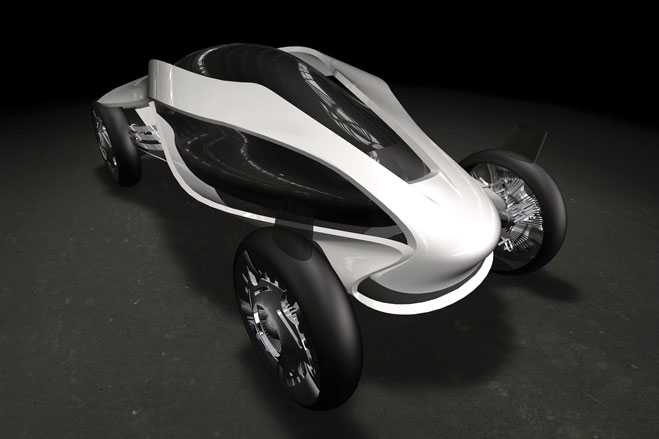
Hyundai Stratus Sprinter & DB Atlant
Two vehicles feature in Hyundai’s ’Countess of Siberia’ movie idea. There’s a curvaceous MPV with ’high ground clearance and light combat capabilities’ to help the heroine Countess Elena traverse the earth and an equally stealthy-looking airship - called the DB Atlant - to dock with when a quick escape is needed.
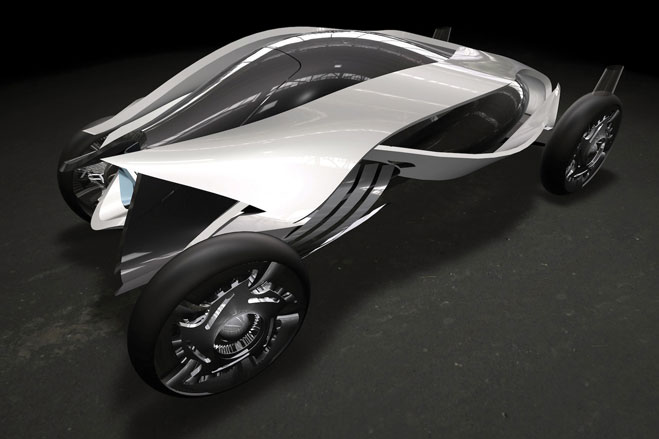
Hyundai Stratus Sprinter & DB Atlant
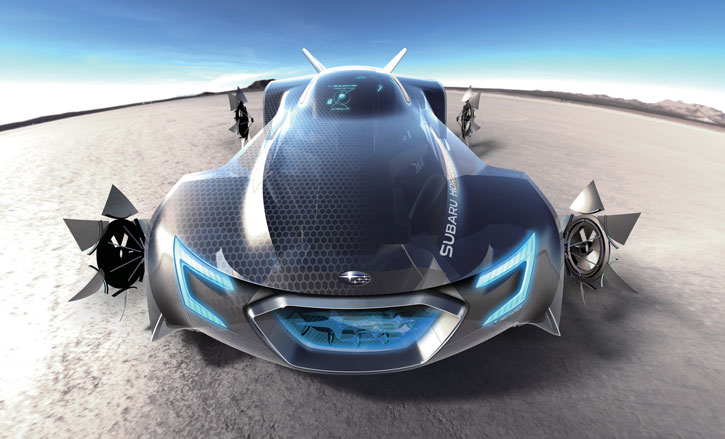
Subaru Horizon
Subaru’s Tokyo design studio came up with its low-slung, covered-wheel racer able to withstand extreme weather and chemical imbalances to assist its movie heroes in travelling to treacherous parts of the earth to extract a rare mineral needed for humanity’s survival. Or something. Most implausible of the lot? Possibly…
Guy Bird is a London-based writer, editor and consultant specialising in cars and car design, but also covers aviation, architecture, street art, sneakers and music. His journalistic experience spans more than 25 years in the UK and global industry. See more at www.guybird.com
-
 A compact Scottish home is a 'sunny place,' nestled into its thriving orchard setting
A compact Scottish home is a 'sunny place,' nestled into its thriving orchard settingGrianan (Gaelic for 'sunny place') is a single-storey Scottish home by Cameron Webster Architects set in rural Stirlingshire
-
 7 colours that will define 2026, from rich gold to glacier blue
7 colours that will define 2026, from rich gold to glacier blueThese moody hues, versatile neutrals and vivid shades will shape the new year, according to trend forecasters
-
 In Norway, discover 1000 years of Queer expression in Islamic Art
In Norway, discover 1000 years of Queer expression in Islamic Art'Deviant Ornaments' at the National Museum of Norway examines the far-reaching history of Queer art
-
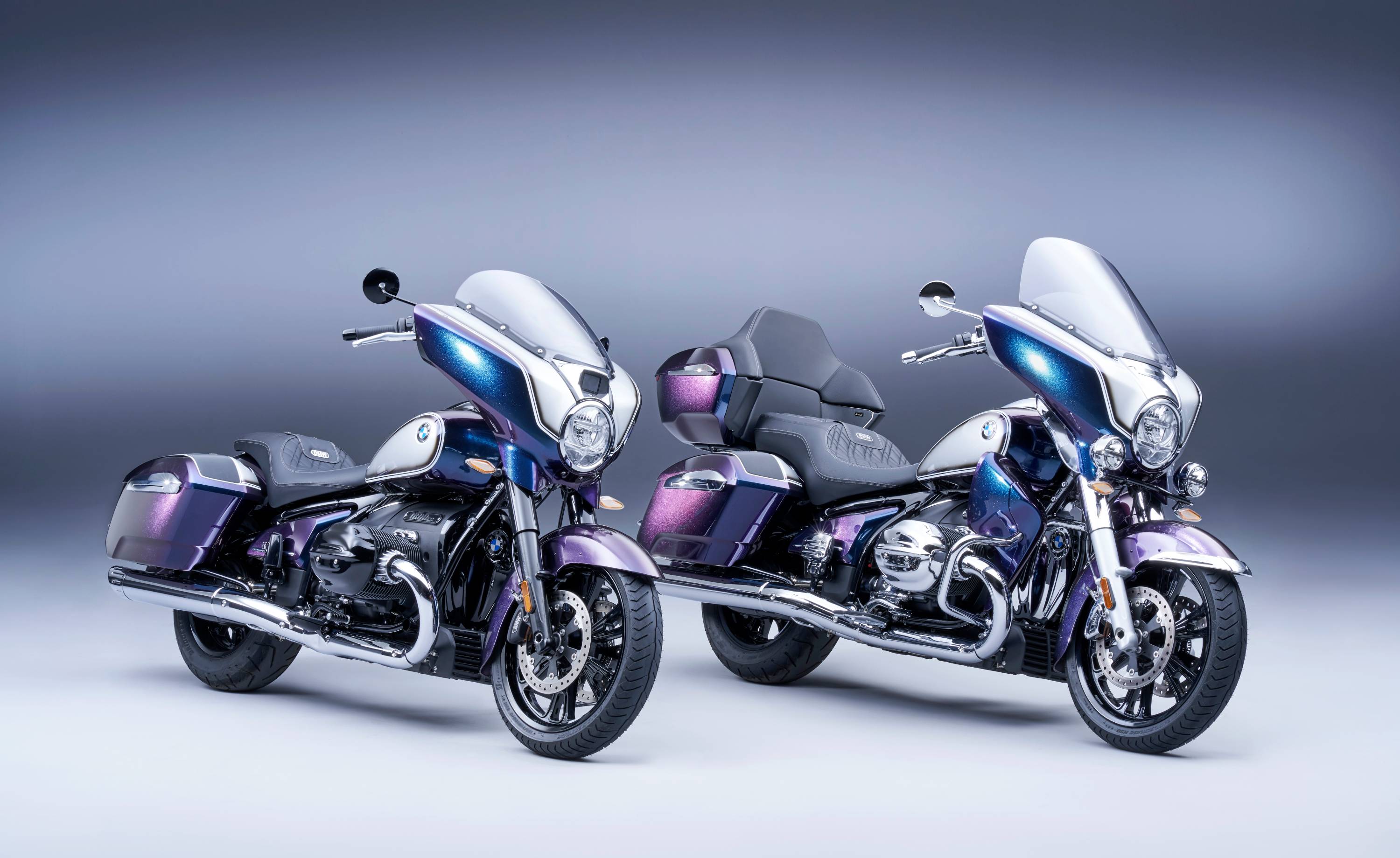 BMW Motorrad brings out the big guns for its newest cruisers
BMW Motorrad brings out the big guns for its newest cruisersBMW Motorrad R 18 Bagger and Transcontinental set the tone for high-voltage cruising with a brand collaboration with speaker specialist Marshall
-
 Is McLaren’s GT a sports car, a tourer, or the best of both?
Is McLaren’s GT a sports car, a tourer, or the best of both?The McLaren GT is a capable all-rounder dressed up in svelte supercar clothes. It might also be the last of its type
-
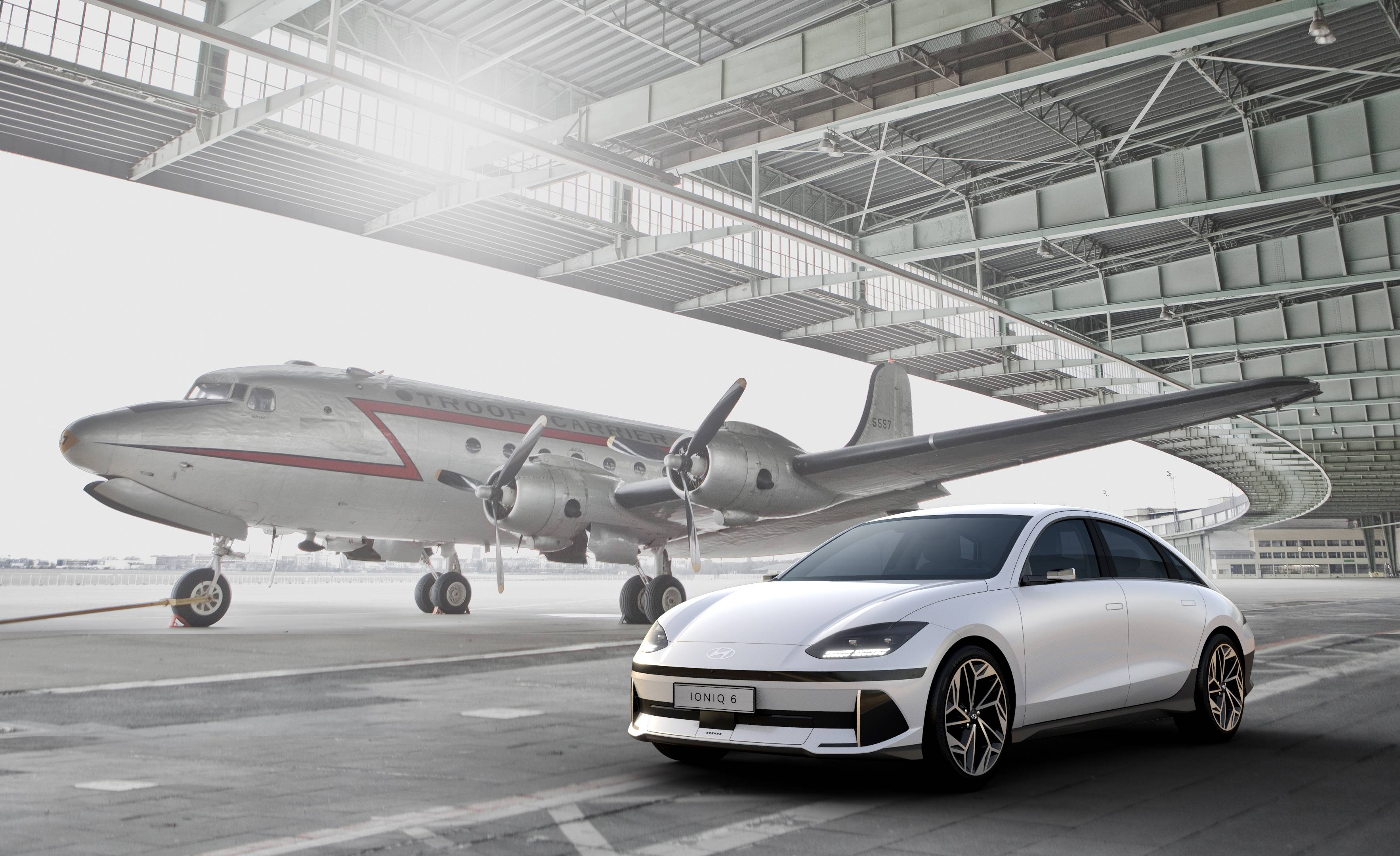 Hyundai Ioniq 6 EV is a sleek, stylish streamliner
Hyundai Ioniq 6 EV is a sleek, stylish streamlinerTake a first look at the Hyundai Ioniq 6 EV – stripped-back, streamlined, but retaining an interior that’s a ‘mindful cocoon’
-
 Audi RS3 Sportback is tomorrow’s classic today
Audi RS3 Sportback is tomorrow’s classic todayIt may be one of the last of its ICE kind, but cars like the Audi RS3 Sportback represent the summit of a century’s evolution – and are a convincing reminder as to how far EVs still need to evolve
-
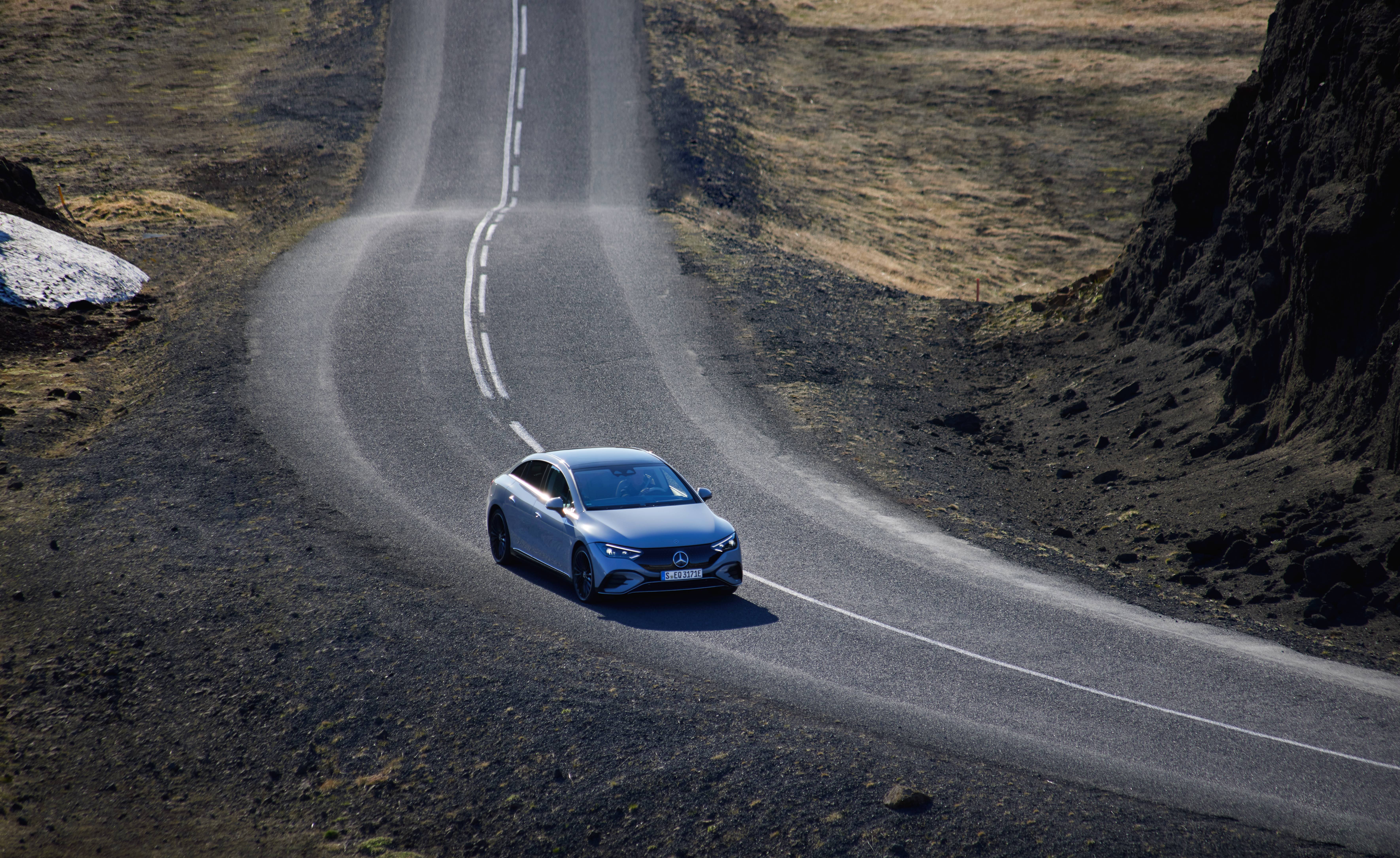 Mercedes EQE tiptoes around a revolution to inch EV design forwards
Mercedes EQE tiptoes around a revolution to inch EV design forwardsWe road test the new Mercedes-Benz EQE, the car that may ease the Mercedes E-Class customer into the electric age – balancing the formal experimentation that EVs allow with the familiar
-
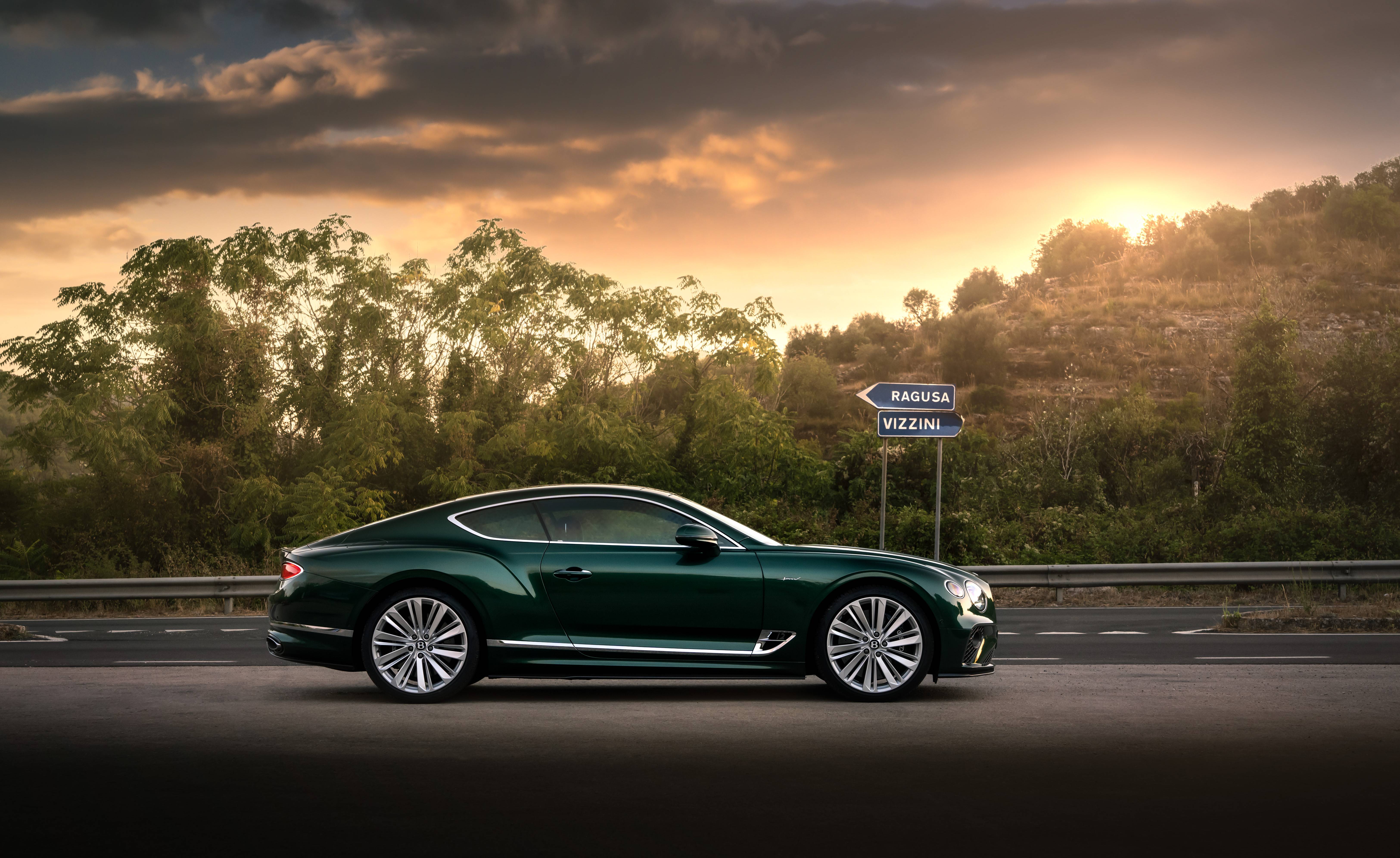 The Bentley Continental GT Speed is distance divided by time, multiplied by luxury
The Bentley Continental GT Speed is distance divided by time, multiplied by luxuryThe Bentley Continental GT Speed more than lives up to the reputation of its forebears
-
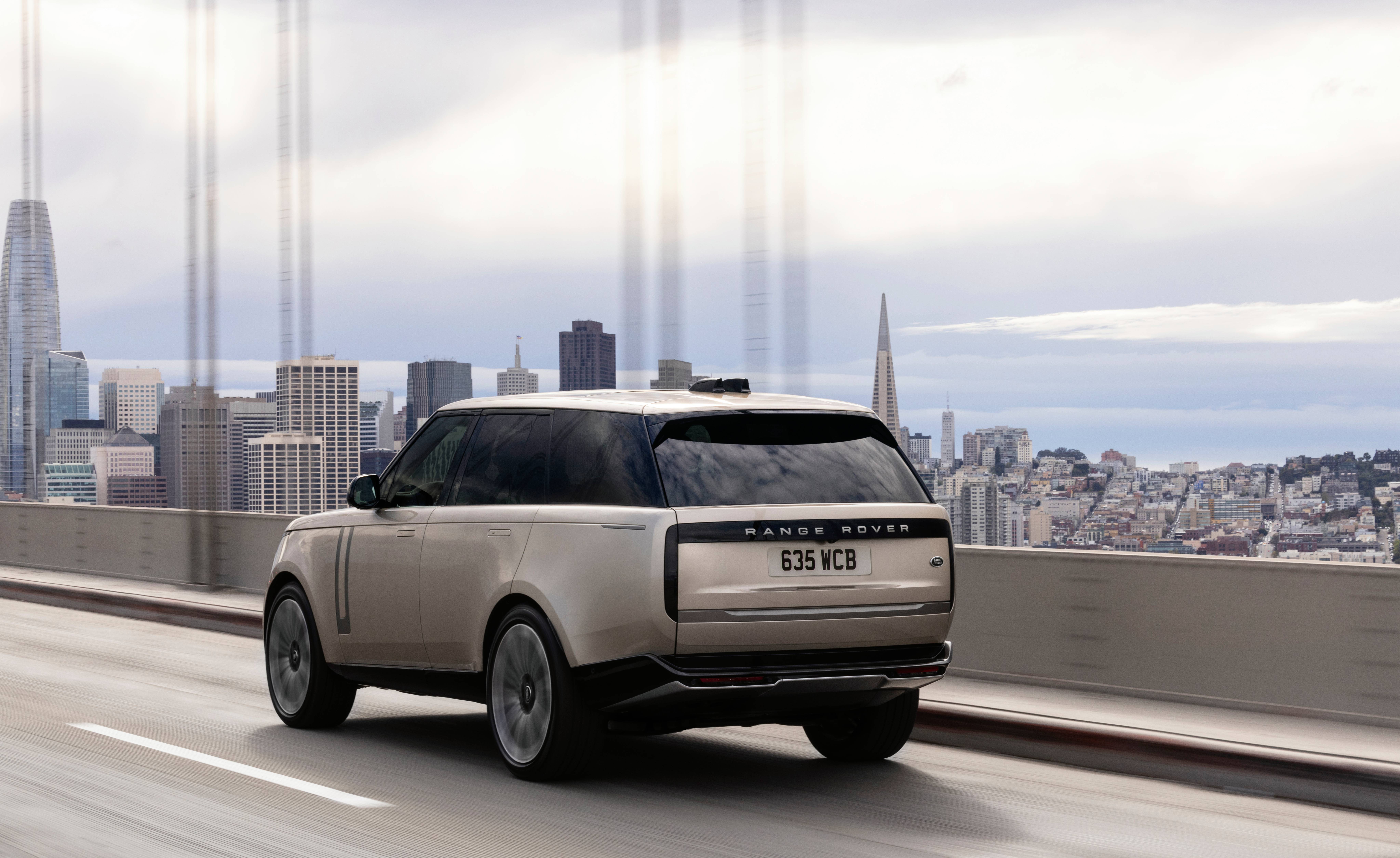 Range Rover’s positive reboot: the best 4x4 flagship?
Range Rover’s positive reboot: the best 4x4 flagship?‘Less thrusting and more soothing’: we take a drive in the new-for-2022 Mk5 Range Rover and find it smoothed and refined, inside and out
-
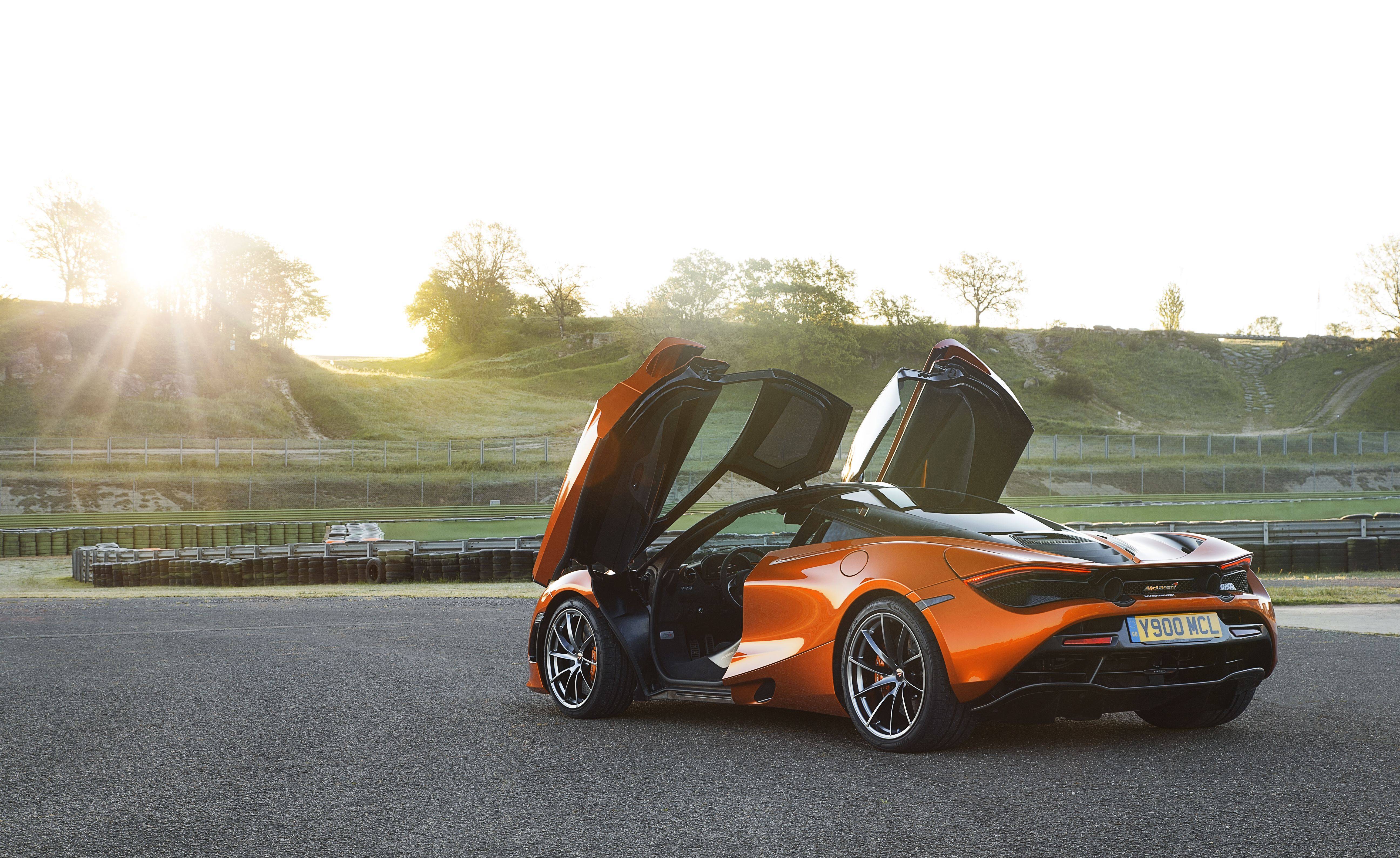 McLaren’s flagship supercar has still got what it takes
McLaren’s flagship supercar has still got what it takesFive years after its launch, the McLaren 720S is still the purist’s supercar of choice. Few cars can go faster and yet remain so precise and amenable to drive